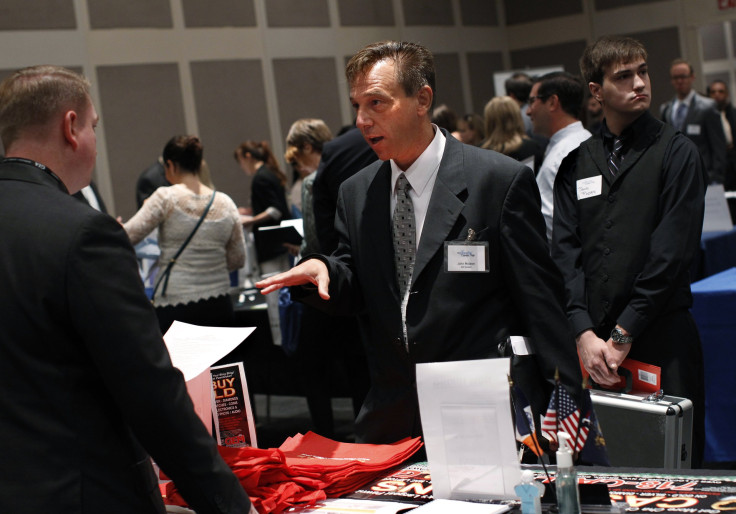May US Jobs Report Preview: Economists Worry That Sub-165,000 Jobs Gain In May Could Indicate Slowdown
Analysis

The U.S. Department of Labor will release its latest monthly report on job creation Friday, and it's expected to show that the nation added 167,000 positions in May, according to a Bloomberg News survey, basically unchanged from April's 165,000 job creation total.
Those same economists also expect the nation's unemployment rate to remain at 7.5 percent and the hourly workweek to edge up to 34.5 hours in May from 34.4 in April.
If job creation proves to be weak in May -- or below the consensus estimate -- it could reignite fears that the U.S. economy is headed into a fourth, straight "warm season slowdown," this time amid $85 billion in across-the-board federal spending cuts. A sub-par May jobs report would also call into question the market's current conventional wisdom that the Federal Reserve will begin to taper, or reduce, its quantitative easing program of government securities purchases to provide liquidity to markets and stimulate the economy.
What's more, recent economic reports suggest that job growth may, in fact, be slowing. On Wednesday, payroll processor ADP released figures showing that private employers added only 135,000 jobs in May, about 30,000 fewer than expected. Then on Thursday the U.S. Labor Department announced that first-time claims for jobless benefits decreased to 346,000 in the week ending June 1 -- a decline of 11,000 from the prior week -- but a figure slightly higher than the 345,000 claims expected by analysts.
The recent economic indicators -- weaker than hoped for -- have prompted some economists to lower their estimates for May job growth. In 2011 and 2012, hiring experienced a mid-year slump. If that pattern continues in 2013, economists could blame federal spending cuts -- commonly referred to as the sequester -- for the slowdown. Almost all private sector segments in the world's largest economy are growing, but the public sector is not. That's the new dimension to this economic recovery following the Great Recession: Economists generally agree that had the public sector added even a modest amount of jobs, the U.S. recovery would have been stronger, and the unemployment rate substantially lower. The public sector did not, and that's been one key factor in the sluggish GDP growth and painfully slow decline in the unemployment rate.
Finally, two other data points will also be in focus in Friday's report: revisions to prior months' job gains. This is often overlooked by typical investors, but institutional investors know the revisions often say more about the substantive, long-term job trend than the latest month's data. Recently, those revisions have been upward, suggesting that while "the great American job machine" is not roaring, it is starting to come to life.
If the revisions to April and March produce an extra 100,000 jobs total, institutional investors will likely conclude the economy is growing enough to lower unemployment; if the revisions are flat or negative, talk of a stalling economy will almost surely be heard.
© Copyright IBTimes 2024. All rights reserved.












